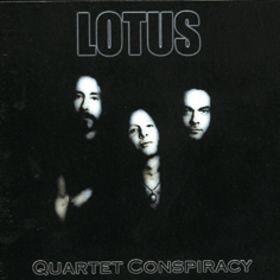Description
Gene Krupa (January 15, 1909 October 16, 1973) was an influential American jazz and big band drummer and composer, known for his highly energetic and flamboyant style.
Born January 15, 1909(1909-01-15)Chicago, Illinois
Died October 16, 1973 (aged 64)
Genre(s) Jazz, Swing, Dixieland, Big band
Occupation(s) Drummer, Composer,Bandleader
Many consider Krupa to be one of the most influential drummers of the 20th century, particularly regarding the development of the drum kit. Many jazz historians believe he made history in 1927 as the first kit drummer ever to record using a bass drum pedal. Others, however, believe this was done earlier by Baby Dodds. His drum method was published in 1938 and immediately became the standard text. He is also credited with inventing the rim shot on the snare drum.
Krupa in the 1930s prominently featured Slingerland drums. At Krupa urging, Slingerland developed tom-toms with tuneable top and bottom heads, which immediately became important elements of virtually every drummer set-up. Krupa also developed and popularised many of the cymbal techniques that became standards. His collaboration with Armand Zildjian of the Avedis Zildjian Company developed the hi-hat stand and standardized the names and uses of the ride cymbal, the crash cymbal, the splash cymbal, the pang cymbal and the swish cymbal.
The British techno-rock group Apollo 440 had a hit with “”Krupa”” which featured the sampled phrase from the movie Taxi Driver; “”Now back to the Gene Krupa syncopated style.”” The song itself is an electronic dance track written in the style of Gene Krupa, giving the impression of Krupa style in the form of a 1990s dance track, blending his musical idioms with a modern song using samples and synthesised basslines.
Krupa was featured in the 1946 Warner Bros. cartoon Book Revue in which a rotoscoped version of Krupa drumming is used in an impromptu jam session.
The 1937 recording of Louis Prima “”Sing, Sing, Sing (With a Swing)”” by Benny Goodman and His Orchestra featuring Gene Krupa on drums was inducted into the Grammy Hall of Fame.
In 1978, Gene Krupa became the first drummer inducted into the Modern Drummer Hall of Fame.
In season 8 of The Simpsons Krupa name and drumming style are briefly mentioned in the episode Hurricane Neddy.
Rhythm, the UK best selling drum magazine voted Gene Krupa the third most influential drummer ever, in a poll conducted for its February 2009 issue. Voters included over 50 top-name drummers.”


![DESTINY: The Tracy Chapter CD [modern hardcore Metal]](https://yperano.com/wp-content/uploads/2016/03/18321-DESTINY-The-Tracy-Chapter-CD-modern-hardcore-Metal.jpg)





Reviews
There are no reviews yet.